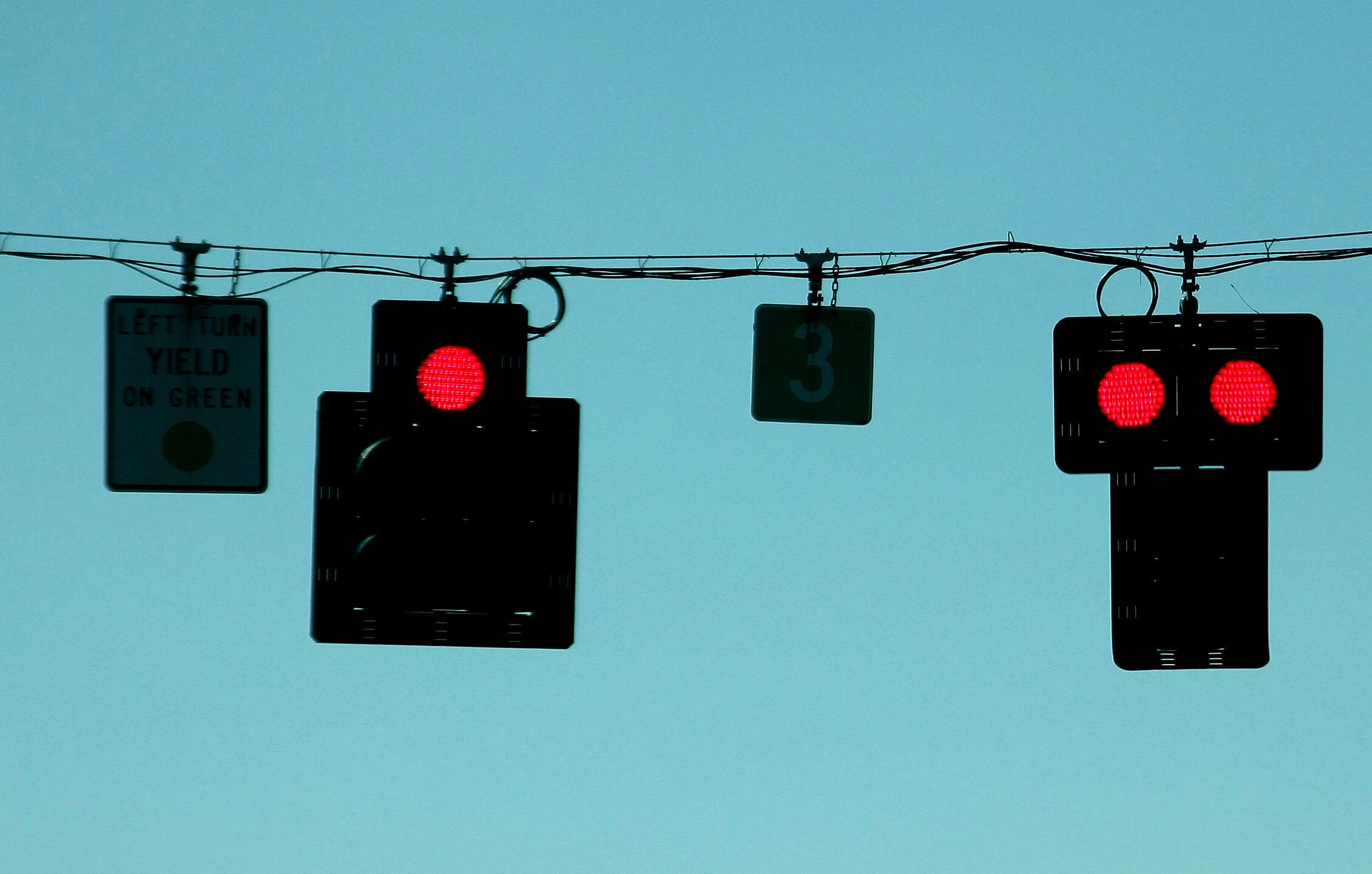Red means " kibosh , " green means " go , " and yellow means"hurry up and make that damn light . “Why those colors , though ? Why not blue , purple , and browned ? I have to take on that away from a intuition that it had to do with wavelengths , I had no approximation myself , so I decided to take care into it .
The solvent , as it turns out , is a little convoluted , but take sense . The earliest traffic signaling were designed for railroad train , not cable car . They were red and green , gas - power , and more than a little dangerous in the upshot of a outflow .
Red is an inherited symbol from railroads
blood-red symbolizes danger in many cultures , which make sentience , considering it has thelongest wavelength of any color on the seeable spectrum , meaning you could see it from a great distance than other color . With the ironic exception of stop signs ( not stoplights , just sign – more on that in a 2d ) , red has meant stop since long before railway car existed , with power train signals ' consumption of red see back to the day when mechanically skillful arms lift and lowered to indicate whether the railing ahead was readable . So that one ’s wide-eyed .
Green meant “caution” at first
Green ’s role in lights has in reality changed dramatically over time . Its wavelength is next to ( and shorter than ) yellow ’s on the visible spectrum , meaning it ’s still easier to see than any color other than cherry-red and yellow . Back in the other days of railway igniter , gullible in the beginning think of " caution , " while the " all - clear " light was , well , clear or bloodless . wagon train , of course , take an endlessly long time to cease , and legend has it that several fateful collision happened after an engineer mistook champion in the night horizon for an all - clear . Thus , green became " go , " and for a long sentence , railways used only green and reddened to signal string .
Yellow means “caution” because it’s almost as easy to see as red
From the earliest twenty-four hours of motoring up until the mid-1900s , not all stop foretoken were red –many were yellowed , along with payoff signs , because at Nox it was all but impossible to see a red stop sign in a poorly light up region . The xanthous stop - mark furore start in Detroit in 1915 , a city that five years later installed its first electric traffic signal , which happened to includethe very first amber dealings light , at the quoin of Michigan and Woodward Aves .
But what of those weird yellowish diaphragm planetary house , you ask ? As materials and technologies evolved , the ability to produce extremely ruminative signs meant that red could resume its natural spot in the sign hierarchy , pull up stakes the still - highly - visible yellow ( it ’s second only to bolshy in condition of seeable wavelength ) to the domain of " cautiousness . " That ’s why school zones and buses , crosswalks , and other important monition are yellow today .
need more of the Earth ’s best machine content hand over straight to your inbox?Click here to contract up for our daily electronic mail .

Oren Aks/Thrillist

Flickr/Dave Emmerson

Flickr/Marine B

Flickr/Wedlock Pictures